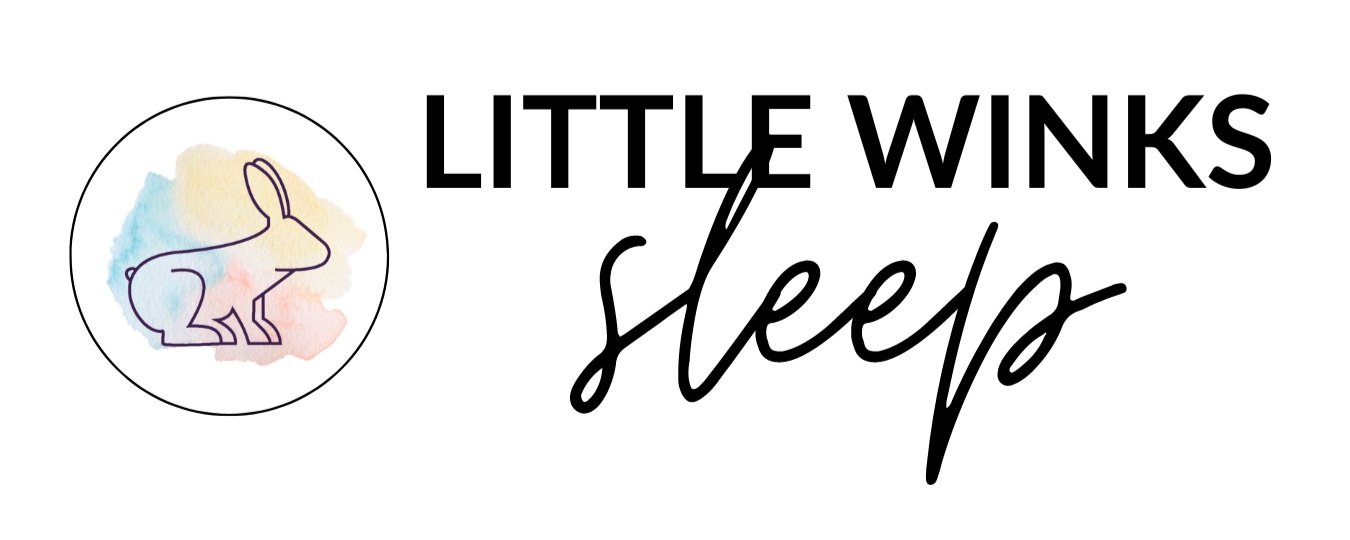How can I tell if my baby is tired?
Does anyone else feel that trying to understand your baby is like learning an entirely new language? That’s how I felt when I had my first little one.
I mean, the happy cooing baby was easy enough to understand. Okay … but now you’re staring at me. Things are good. Stay calm, stay calm … ahh, no! She’s starting to fuss. What does this mean? Dirty diaper? Tummy gas? Are you hungry, hurt, tired? WHAT DO YOU WAAAANNTT?
There are few things in this life more confusing than trying to understand your baby. When trying to tell if your baby is tired, you first have to understand sleep pressure.
Sleep pressure is the normal build-up of a chemical called adenosine. When your baby is awake and active, adenosine builds-up in the brain. When their brain is nearing “full”, it alerts baby that it is nap time. Baby will then start to signal to us that they are ready to sleep. We call these signals sleep cues.
Sleep cues are external signs and behaviours that indicate that your little one is ready for a nap. Each child has different ways of showing these cues. Examples of sleep cues can include:
redness around the eyes or eyebrows
baby rubbing or pulling on various parts of their face
clingyness or initiating snuggles
loss of interest in activities or zoning out
cluster feeding
having difficulty with coordination or simple actions that are typically easy for baby to do
Baby gets overtired when we miss these cues. Oftentimes it’s because:
a) we don’t know how to recognize them or
b) we are too busy or preoccupied to notice them.
An overtired baby is a baby who has reached their max sleep pressure/adenosine build-up. When this happens, cortisol (the fight, flight or freeze hormone) is released into the brain, which makes it hard for baby to get to sleep. We want to help our children avoid getting to this point.
So how do we manage sleep pressure and avoid getting an overtired baby?
Figure out which sleep cues your child uses to communicate that it is nap time.
Set an alarm for 15 minutes before typical nap times and watch baby closely (do this for 3-4 days).
Be open to what baby is communicating through body, tone of voice, and mood.
Write down what you see. After a few days, the common behaviours or signs that appear before a nap will be how baby communicates that they are ready to sleep!
Figure out the ideal awake windows and number of naps indicated for your baby’s age.
If you are unsure of what is right for your baby, download our free Awake Times Chart HERE.
Be prepared.
Now that you know baby’s awake time and sleep cues, make sure that you put reminders in your phone and get baby to sleep on time
Have baby’s sleep area ready to go before nap time hits (blacked out room, sound machine turned on, sleep sack and fresh diaper set out)
Get baby to sleep.
A nap will relieve the pressure of adenosine; a good night’s sleep fully clears it out of the brain.
The ability to cope with more sleep pressure will increase as your baby grows older, which triggers a nap transition (dropping a nap).
If you notice that your baby is showing signs of being able to stay awake for longer periods of time, then extend their awake time in 5-10 minute increments every couple of days until you hit their new sweet spot.
If your baby is showing signs of being overtired by the time their nap is supposed to happen, then shorten that awake time and get them down for that nap or night sleep.
Happy napping!
Anna


